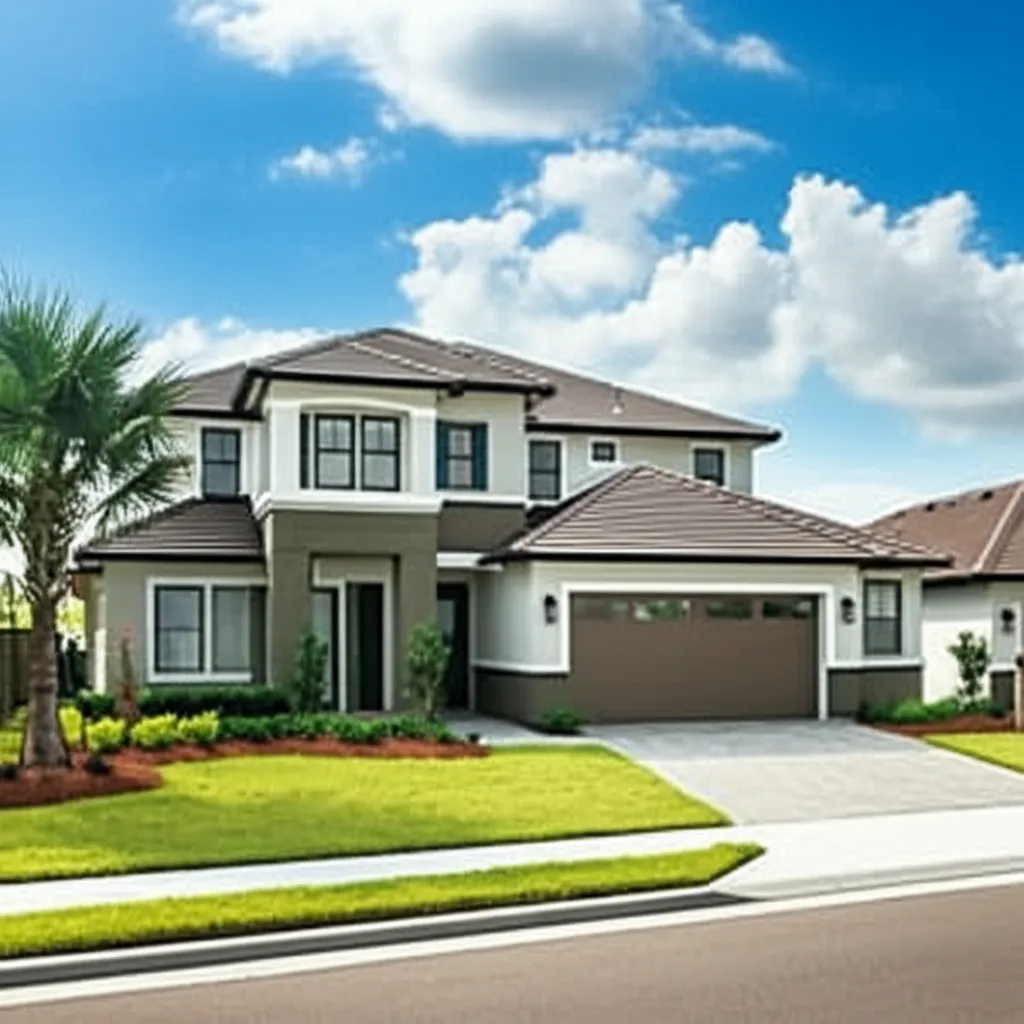Florida’s housing landscape is evolving fast, with new hurricane-proof housing developments redefining coastal living. These homes are designed to withstand Category 5 storms, combining modern architecture with reinforced materials, energy efficiency, and community-focused design. From concrete foundations to impact-resistant windows, discover how Florida is setting the standard for resilient living.
Best Hurricane Proof Housing Development In Florida

Contents
- 1 Best Hurricane Proof Housing Development In Florida
- 2 Why Florida Needs Hurricane-Proof Homes
- 3 What Makes a Home Hurricane-Proof?
- 4 The Rise of Hurricane-Proof Communities in Florida
- 5 Economic and Environmental Benefits
- 6 Prefab & Steel: The Future of Hurricane-Resistant Housing
- 7 Government Codes & Standards Supporting Safety
- 8 How to Choose a Hurricane-Proof Home in Florida
- 9 Florida’s Future: Safe, Smart, and Sustainable
Why Florida Needs Hurricane-Proof Homes
Every year, Florida faces the fierce reality of hurricane season, from June to November. With storms like Ian, Irma, and Michael leaving lasting impacts, the need for stronger, safer housing has become a top priority.
Traditional wood-frame homes often struggle against 150+ mph winds, flooding, and debris impact. That’s why developers across Florida are shifting toward hurricane-resistant housing developments, engineered to protect both families and investments.
“It’s not just about surviving storms — it’s about building a future that thrives after them.”
What Makes a Home Hurricane-Proof?
Creating hurricane-proof housing is more than adding thicker walls — it’s an entire engineering ecosystem designed around resilience.
1. Reinforced Concrete Structures
Concrete and steel framing have become the backbone of hurricane-proof construction.
-
Poured concrete walls provide exceptional wind resistance.
-
Steel reinforcements reduce the risk of collapse.
-
Elevated slab foundations prevent floodwater damage.
2. Impact-Resistant Windows & Doors
Developments now feature Miami-Dade–certified impact windows, capable of withstanding debris traveling at over 100 mph.
-
Laminated glass prevents shattering.
-
Tight seals keep out wind-driven rain.
-
These upgrades also boost energy efficiency.
3. Aerodynamic Roof Designs
Flat or gently sloped roofs reduce wind lift. Metal roofs, especially with hidden fasteners, have become a go-to choice for modern Florida builds.
4. Flood Mitigation & Drainage
Advanced drainage systems and raised building pads protect homes in flood-prone zones. Many developments include retention ponds and smart water flow systems to divert excess rainwater.
5. Energy & Safety Systems
-
Solar energy and battery backups keep homes powered even during outages.
-
Smart thermostats and weather alerts provide real-time safety updates.
The Rise of Hurricane-Proof Communities in Florida
Across coastal Florida, developers are now introducing master-planned communities built entirely around storm resilience.
1. Redington Beach & Clearwater
Waterfront towns like Redington Beach are seeing a surge in hurricane-resistant prefab and steel homes. Builders like Florida Steel Homes are leading with cutting-edge technology, offering homes designed to handle Category 5 storms without compromising on aesthetics.
2. Naples & Fort Myers
Luxury communities are blending hurricane safety with modern design — featuring reinforced structures, backup power systems, and storm-rated amenities.
3. Tampa & Orlando
Inland developments are focusing on energy-efficient, disaster-ready neighborhoods that reduce insurance costs while enhancing sustainability.
Economic and Environmental Benefits
Investing in hurricane-proof housing isn’t just about protection — it’s about long-term value.
-
Lower Insurance Premiums: Many insurers now offer discounts for hurricane-rated homes.
-
Higher Property Value: Buyers are prioritizing storm resilience when choosing a home.
-
Energy Efficiency: Thicker insulation and advanced building systems lower monthly costs.
-
Eco-Friendly Materials: Many new developments use recycled concrete, insulated panels, and solar integration to support sustainability.
Prefab & Steel: The Future of Hurricane-Resistant Housing
Prefab and modular housing have changed the game for Florida. These homes are:
-
Built in controlled environments to minimize waste and human error.
-
Assembled quickly on-site, reducing exposure to weather during construction.
-
Engineered for storm resilience, using galvanized steel and concrete panels.
Companies like Florida Steel Homes are designing prefab models that can withstand winds up to 180 mph, combining safety with coastal elegance.
Government Codes & Standards Supporting Safety
Florida’s Building Code (FBC) is one of the toughest in the nation.
Key requirements include:
-
Roof tie-downs and anchoring systems.
-
Impact-rated openings.
-
Strict elevation guidelines in flood zones.
These regulations ensure that every new development is not just beautiful — but battle-tested against nature’s fiercest forces.
How to Choose a Hurricane-Proof Home in Florida
- When searching for a storm-ready home, look for:
- Verified FBC or Miami-Dade certifications
- Reinforced concrete or steel frame construction
- Impact windows and doors
- Elevated design for flood protection
- Builder reputation and material warranty
If you’re considering a new build, partner with developers who specialize in resilient housing solutions, not just traditional construction.
Florida’s Future: Safe, Smart, and Sustainable
Hurricane-proof housing isn’t just a trend — it’s Florida’s future. As climate patterns intensify, resilient development is key to ensuring safety, stability, and sustainability.
With innovation in materials, design, and engineering, Florida’s coastal dream remains alive — only now, it’s stronger than ever.

